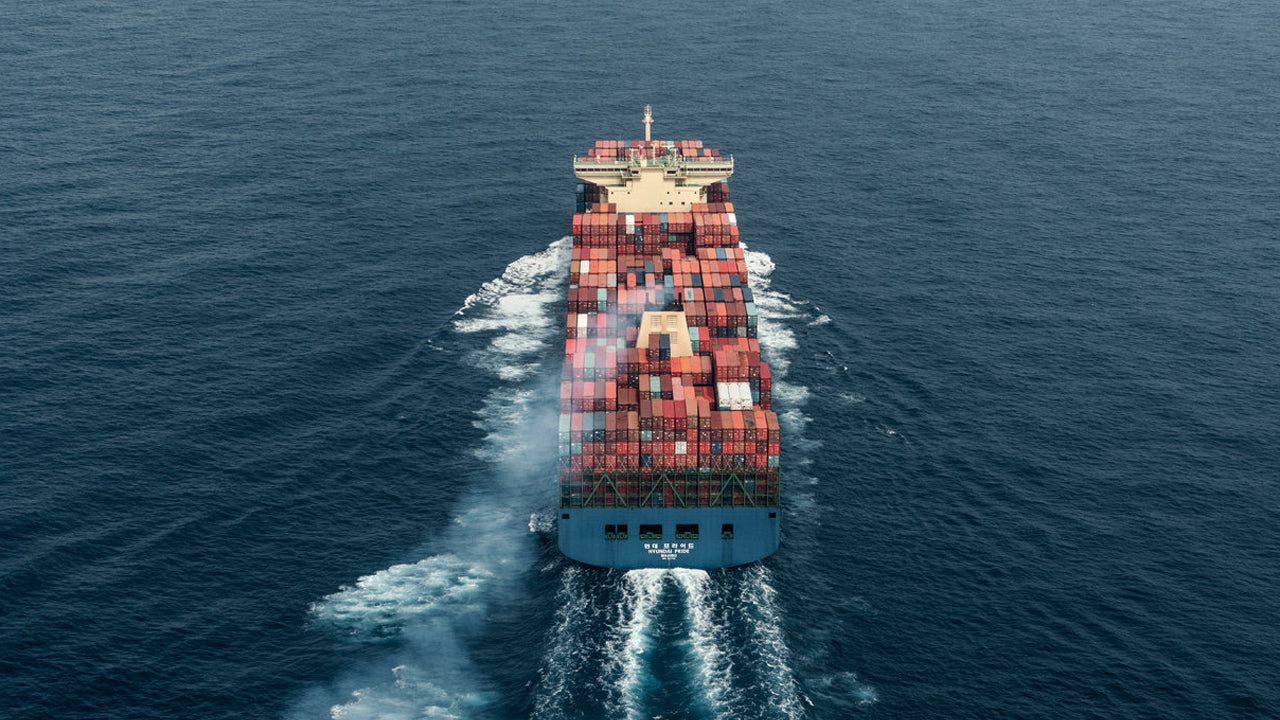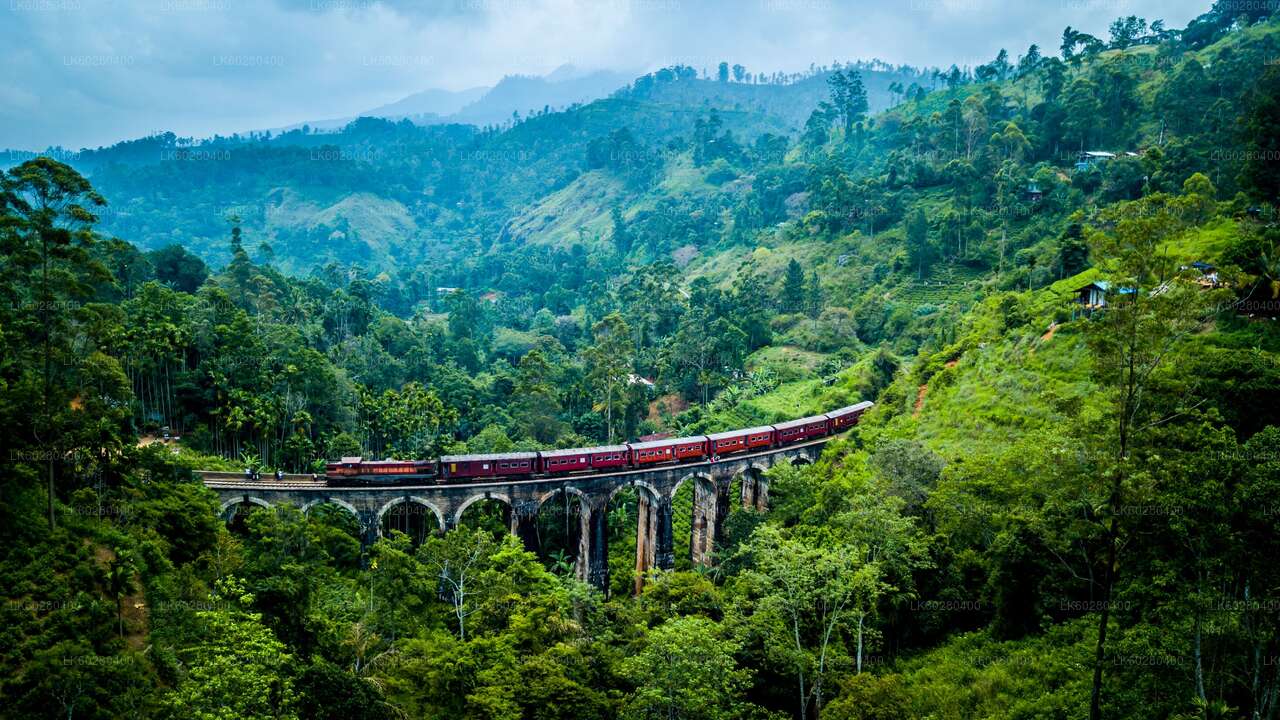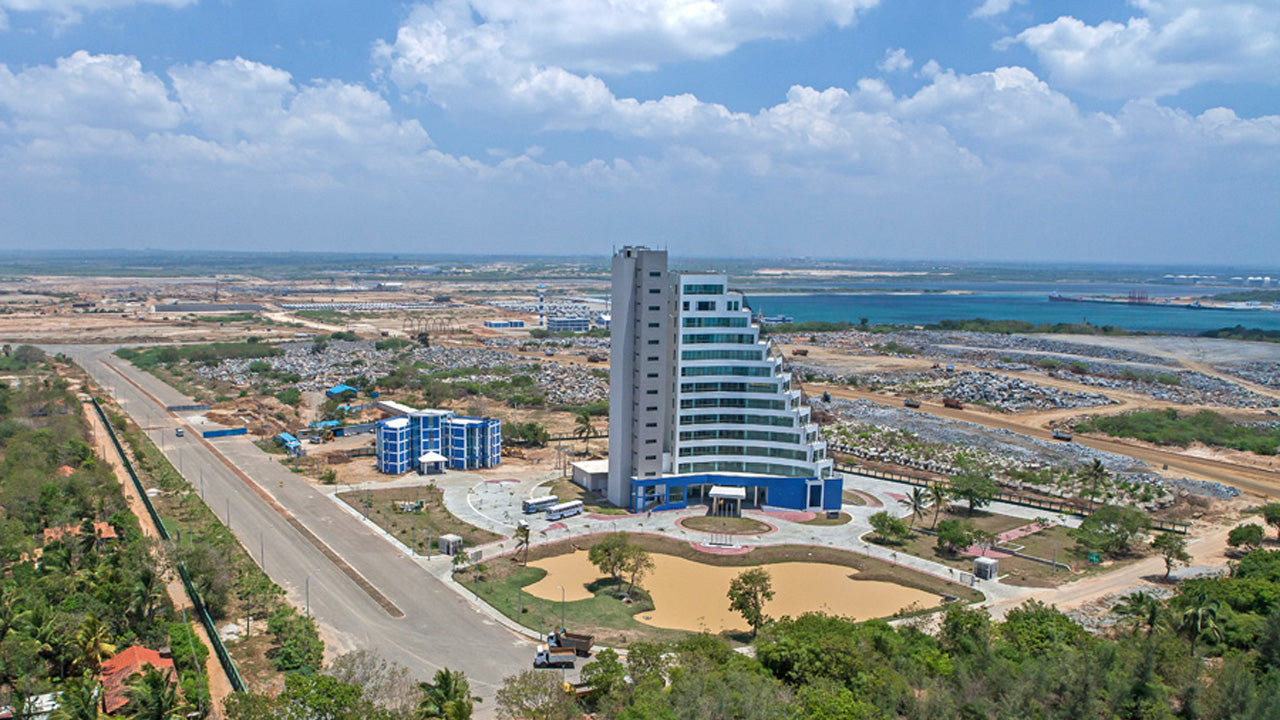
Hambantota Seaport
Hambantota Seaport, a strategic maritime gateway on Sri Lanka's southern coast, facilitates global trade and economic growth. With state-of-the-art facilities, it serves as a key transshipment hub, connecting Asia to the world. Explore the dynamic opportunities and the significant role it plays in regional commerce.
Hambantota Seaport
The Hambantota International Port (also known as the Magampura Mahinda Rajapaksa Port or the Magam Ruhunupura Mahinda Rajapaksa Port) is a deep water port in Hambantota, Sri Lanka. It opened on 18 November 2010 and is operated by Hambantota International Port Group (HIPG), a joint venture between the Sri Lanka Ports Authority and the partially Chinese state-owned China Merchants Port Holdings.
The Hambantota port is Sri Lanka's second largest port, after the Port of Colombo. In 2020, the port handled 1.8 million tonnes of LPG and dry bulk cargo.
Construction of the port commenced in January 2008. The Port of Hambantota serves ships travelling along the east-west shipping route that passes six to ten nautical miles (19 km) south of Hambantota. Later phases will increase the port's capacity to 20 million TEUs per year. However, the Hambantota port in 2016 made a revenue of US$11.81 million and incurred expenses of US$10 million as direct and administrative costs to report an operating profit of just US$1.81 million.
Down in the sunny south of Sri Lanka sits a special place called the Hambantota Seaport. It's like a big door that helps Sri Lanka trade with other countries all around the world. Made with help from China, this port is super modern. Big ships full of stuff like toys, clothes, and food can come and go easily. It's like a big hub where things can move from one ship to another, making trade faster and smoother.
But, there have been some problems along the way. Some people worry that Sri Lanka might owe too much money to China because of building the port. However, Sri Lanka is still hopeful about the port's future. Besides just moving stuff around, the Hambantota Seaport is also creating new jobs and opportunities for people nearby. They're planning to build new places where companies can work and store things, which will bring even more jobs to the area. So, even though there have been some bumps in the road, the Hambantota Seaport is still sailing ahead, bringing hope for a better future for Sri Lanka's southern region.
About Hambantota District
Hambantota is a rural town in southeastern coastal area of Sri Lanka. It is also the capital of the Hambantota District in the Southern Province of Sri Lanka. Approximately 240 kms from Colombo,Hambantota is in the midst of transformation into a strategic port and commercial centre, undergoing extensive infrastructure development. Flanked by sweeping sandy beaches,Hambantota is a convenient location from which to visit nearby sights.
The Bundala National Park lays 20 km east of Hambantota and the Weerawila Sanctuary a little further off. The Ruhuna National Park and theKataragama Temple are other attractions that can be accessed easily from this city.
About Southern Province
The Southern Province of Sri Lanka is a small geographic area consisting of the districts of Galle, Matara and Hambantota. Subsistence farming and fishing is the main source of income for the vast majority of the people of this region.
Important landmarks of the Southern Province include the wildlife sanctuaries of the Yala and Udawalawe National Parks, the holy city of Kataragama, and the ancient cities of Tissamaharama, Kirinda and Galle. (Although Galle is an ancient city, almost nothing survives from before the Portuguese invasion.) During the Portuguese period there were two famous Sinhalese poets called Andare who was from Dickwella and Gajaman Nona who was from Denipitiya in Matara District, composing poems on common man.
【Text by Lakpura™. Images by Google, copyright(s) reserved by original authors.】









